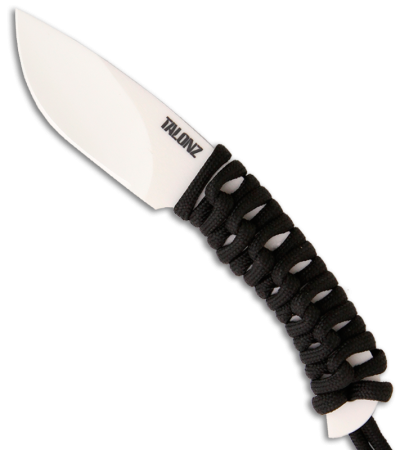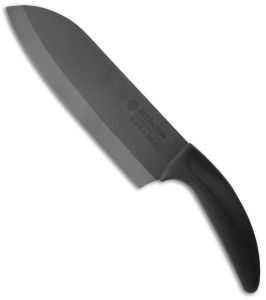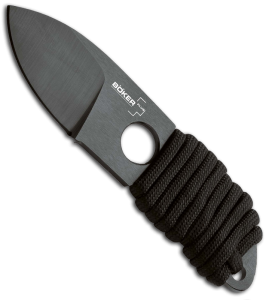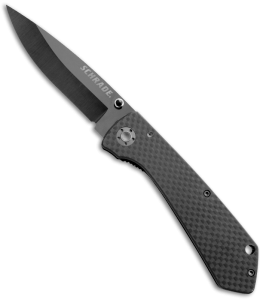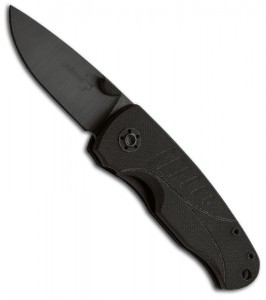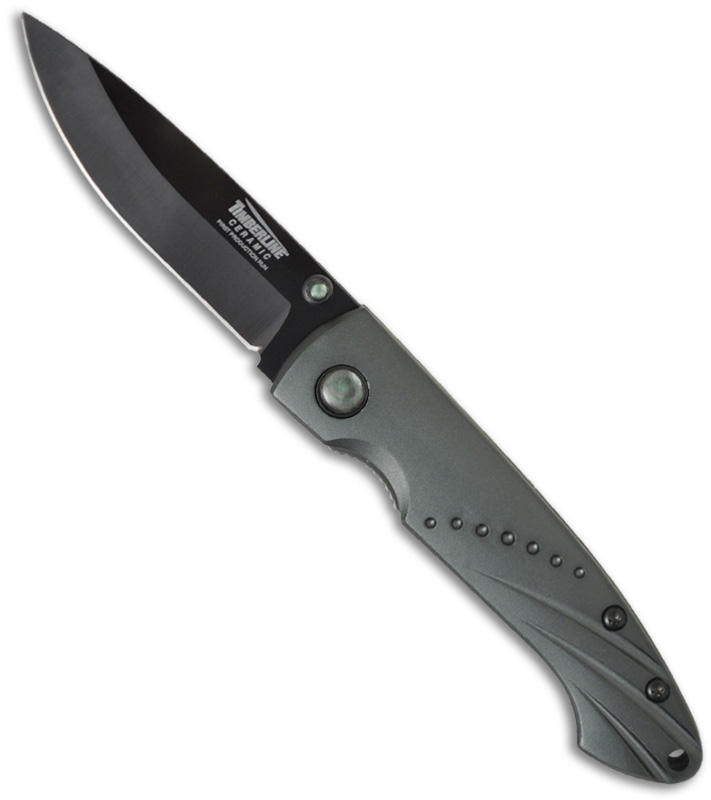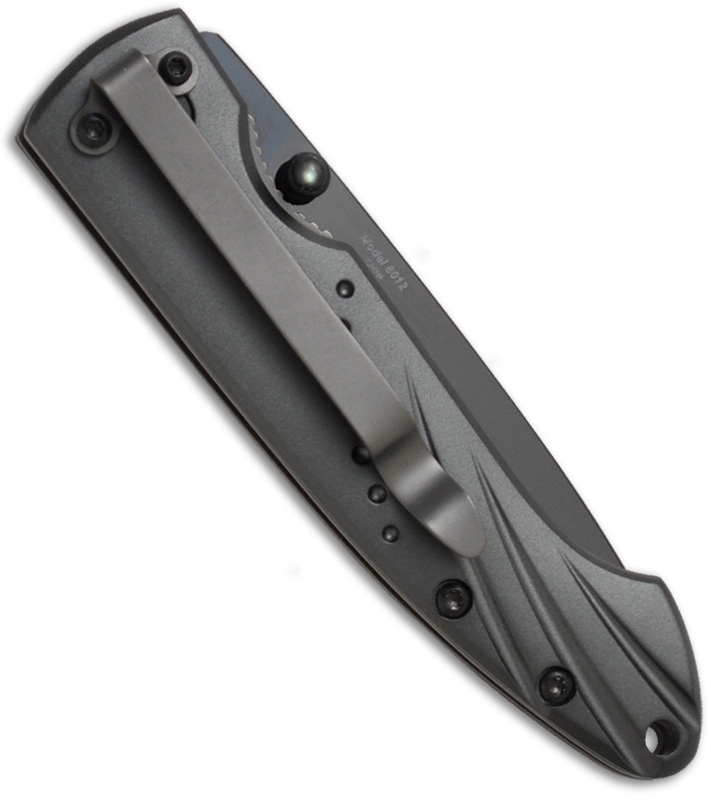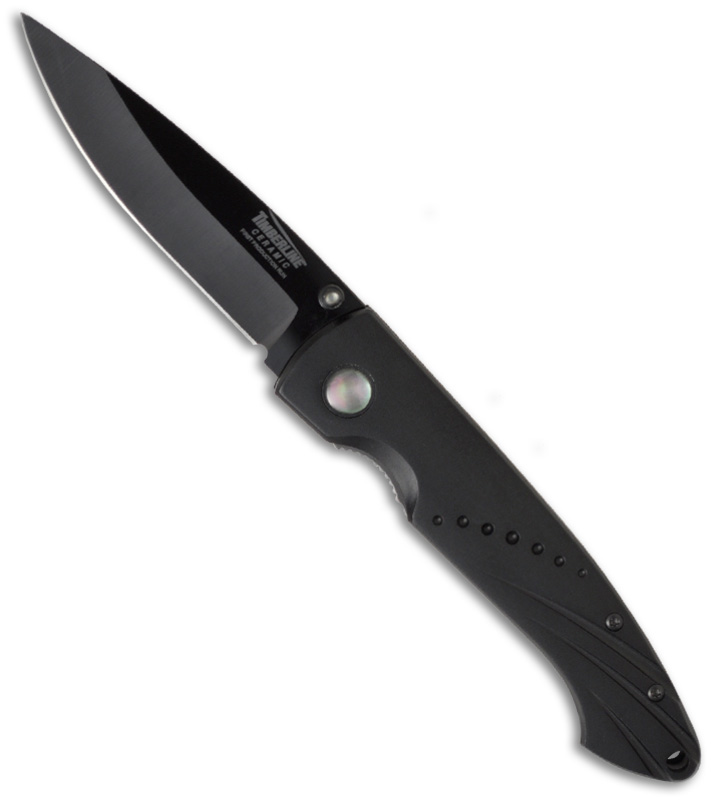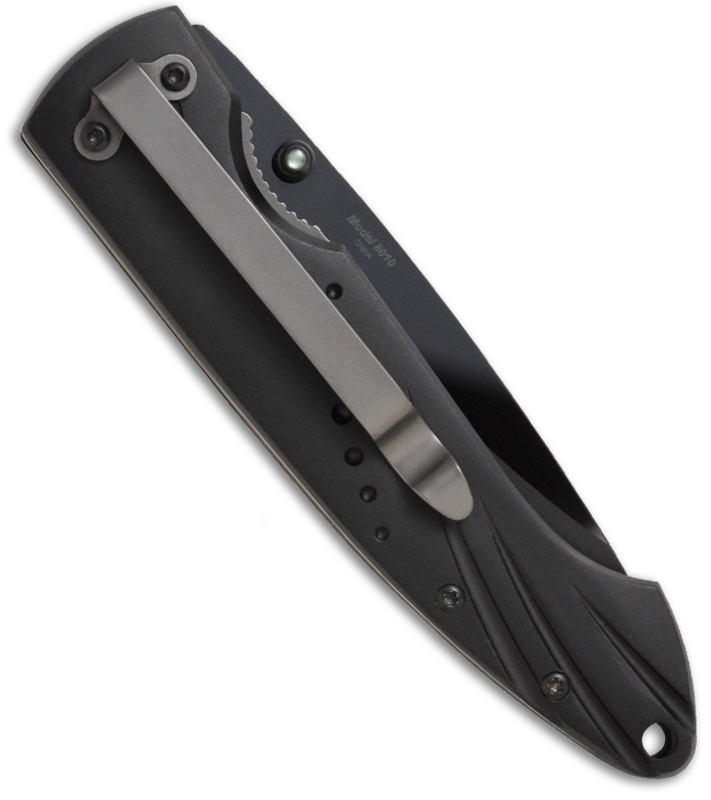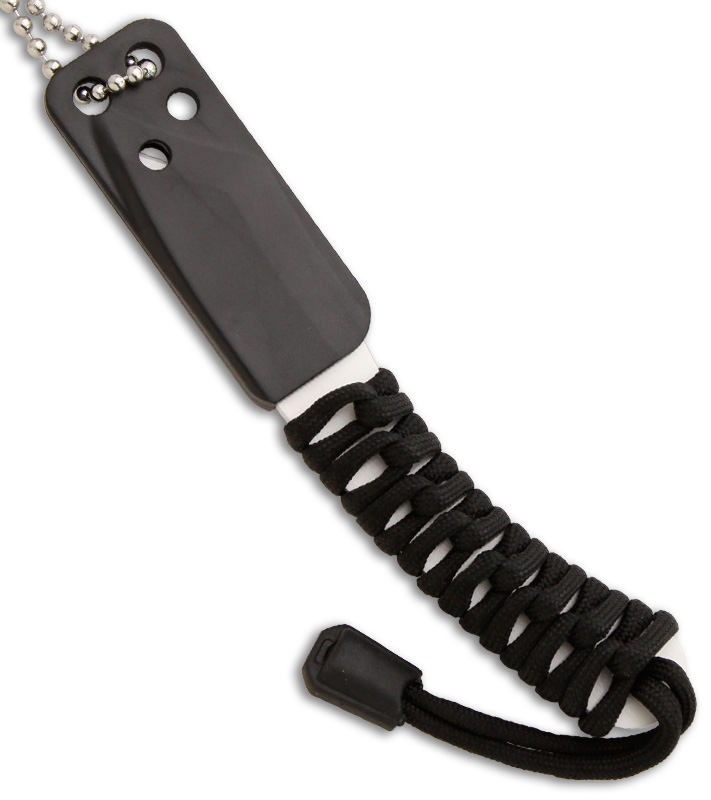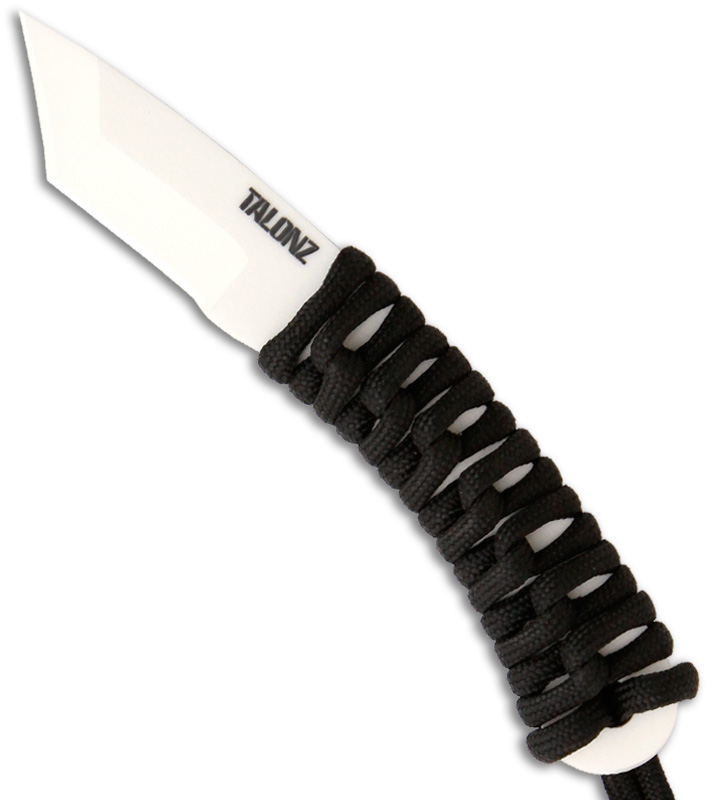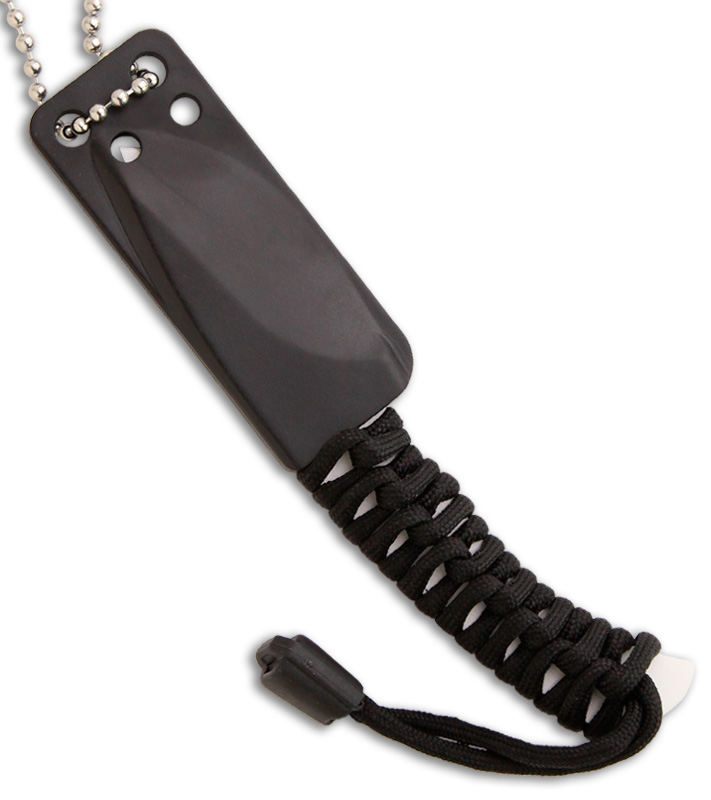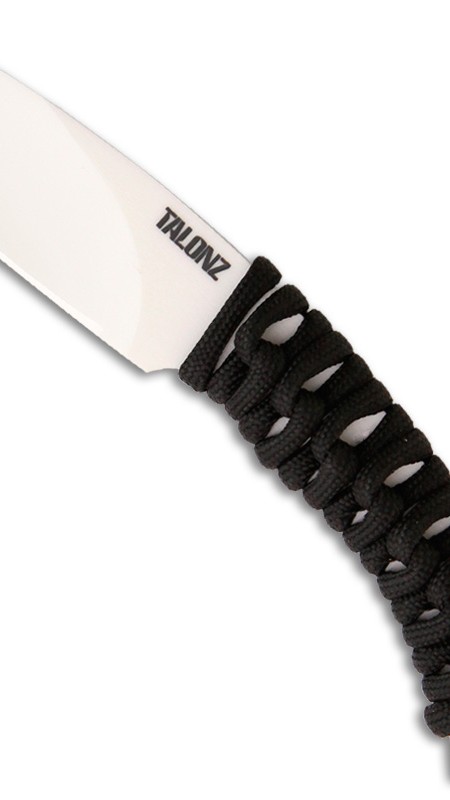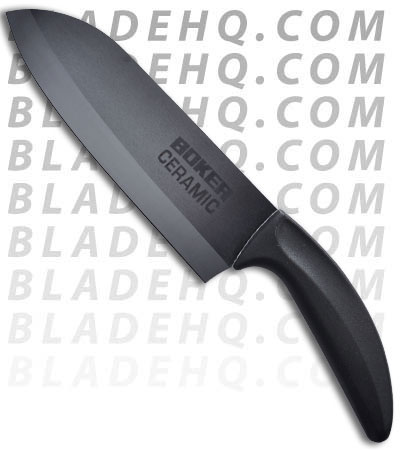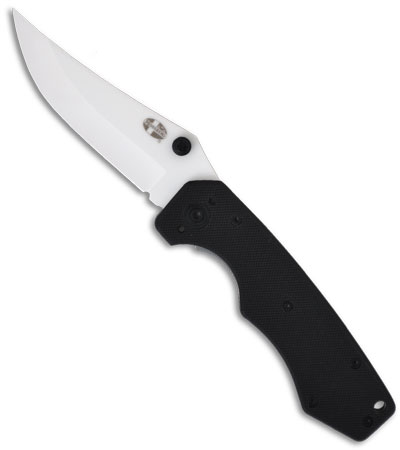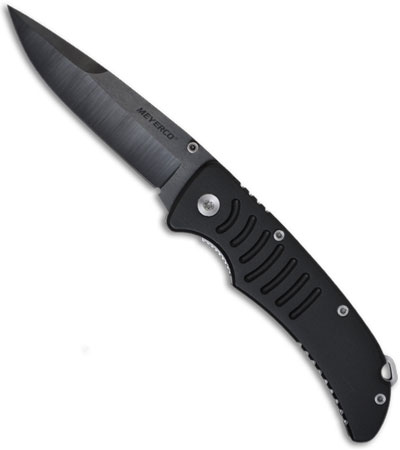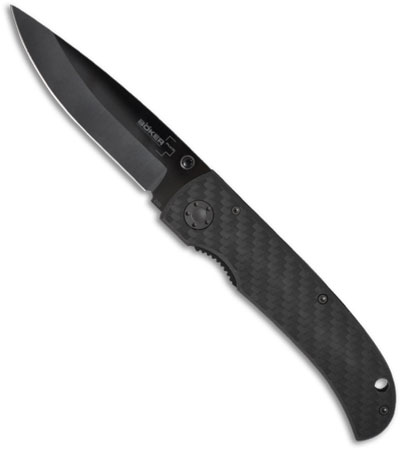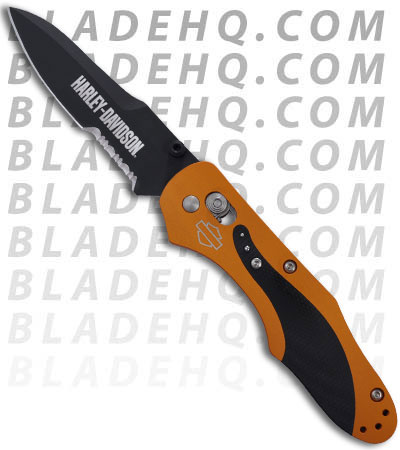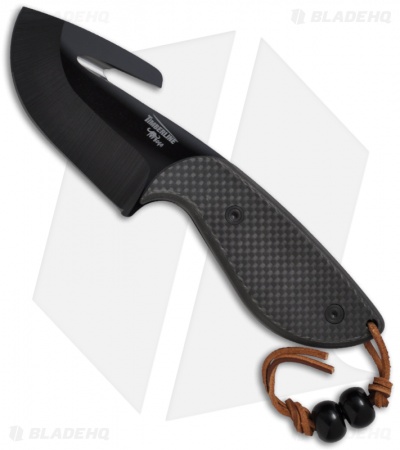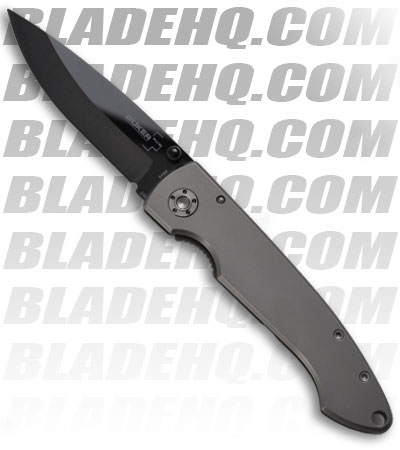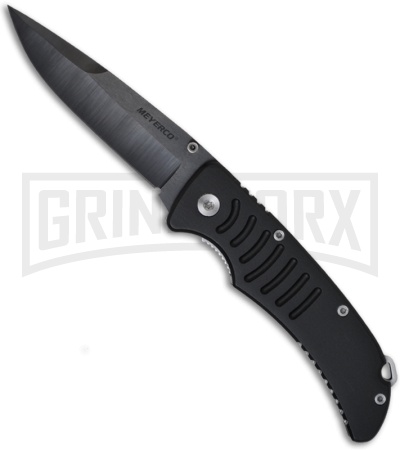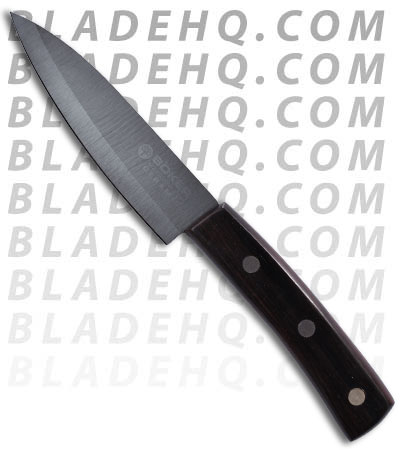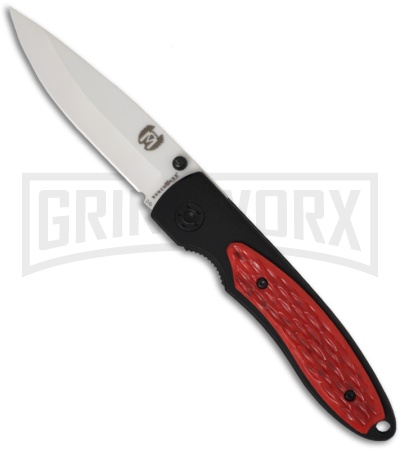Let’s do a little recap on ceramic blades. They are extremely corrosion resistant, making them ideal for both diving and kitchen use—ceramic is impervious to the acids found in citruses as well as water. Ceramic also has excellent edge retention, so knives with ceramic blades typically don’t need to be sharpened super often. In the event that you do need to sharpen a ceramic blade, however, your life might not be so easy. Sharpening ceramic blades is very difficult, and the material is also very brittle. This makes them even more difficult to sharpen. So, what do you do when you have a ceramic blade that needs to be sharpened?
If Your Ceramic Knife Needs Sharpening
Here’s the thing; I did some talking to the fine customer service representatives at Blade HQ because they are all-knowing when it comes to knives. The head of the customer service department told me that no one warranties ceramic blades. This is sad, but true. Because ceramic blades are brittle, it’s entirely possible that the ceramic blade could break while being sharpened. If the blade does break, then you’re out of luck since ceramic blades typically aren’t covered by warranty. The moral of the story here is don’t sharpen your ceramic blades on your own. It’s not worth breaking the blade and being out a knife and having to replace it on your own.
So, what do you do when you buy a knife and it comes out of the box duller than you’d like? In those instances, we recommend that you ship your knife back to the manufacturer so they can sharpen it for you. That way, there’s no risk of accidentally breaking your knife while attempting to sharpen it on your own.
How do I Know if My Knife Needs Sharpening?
If you’re new to ceramic blades, you might not be able to tell when your knife needs sharpening. The truth is, ceramic blades are largely the same as stainless steel blades when it comes to figuring out when they need sharpening.
Your biggest clue that your ceramic blade knife needs sharpening is that it will have become dull (shocker, right?). If you start to have trouble cutting things, or if it takes a lot of effort to cut, it might be time to send your knife off to be sharpened. Sometimes you can even tell just by looking down the edge of the knife that it’s becoming dull.
Another way to tell if your ceramic blade needs to be sharpened is by examining the edge closely. If there are tiny chips in the edge that mimic mini serrations, then it’s a good idea to send your knife in to be sharpened.
In Summation
So to sum up, if your ceramic knife needs sharpening, be sure to send it in to the manufacturer to sharpen. They will have the skill and equipment necessary to sharpen the ceramic, which is very brittle by nature. Ceramic blades typically are not covered by warranty, so you don’t want to attempt to sharpen your knife and end up with a broken one, especially if it’s your first time sharpening ceramic.
Hopefully you feel more enlightened about sharpening ceramic blades now. What other things would you like to know about ceramic blade knives? Be sure to let us know in the comments section below and we’ll look into it for you!
Thanks for stopping by! If you’re in the market for a new ceramic blade knife, be sure to head on over to Blade HQ where there’s a great selection of knives!

